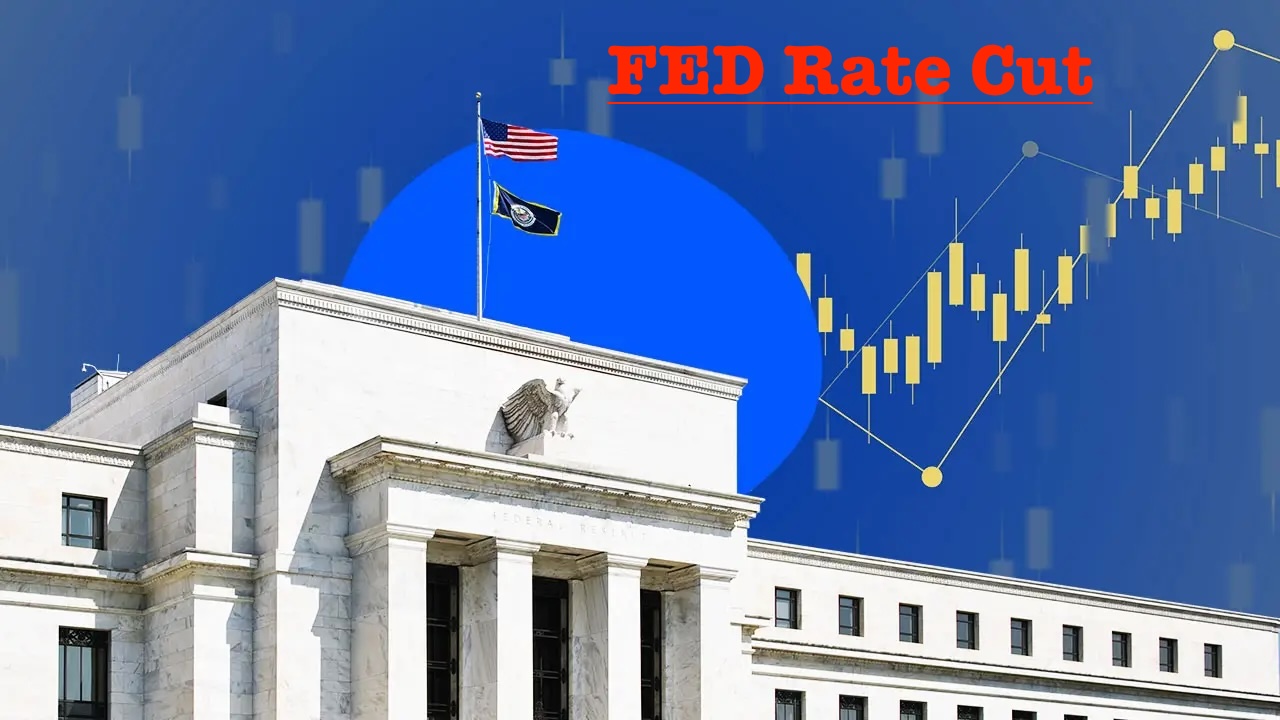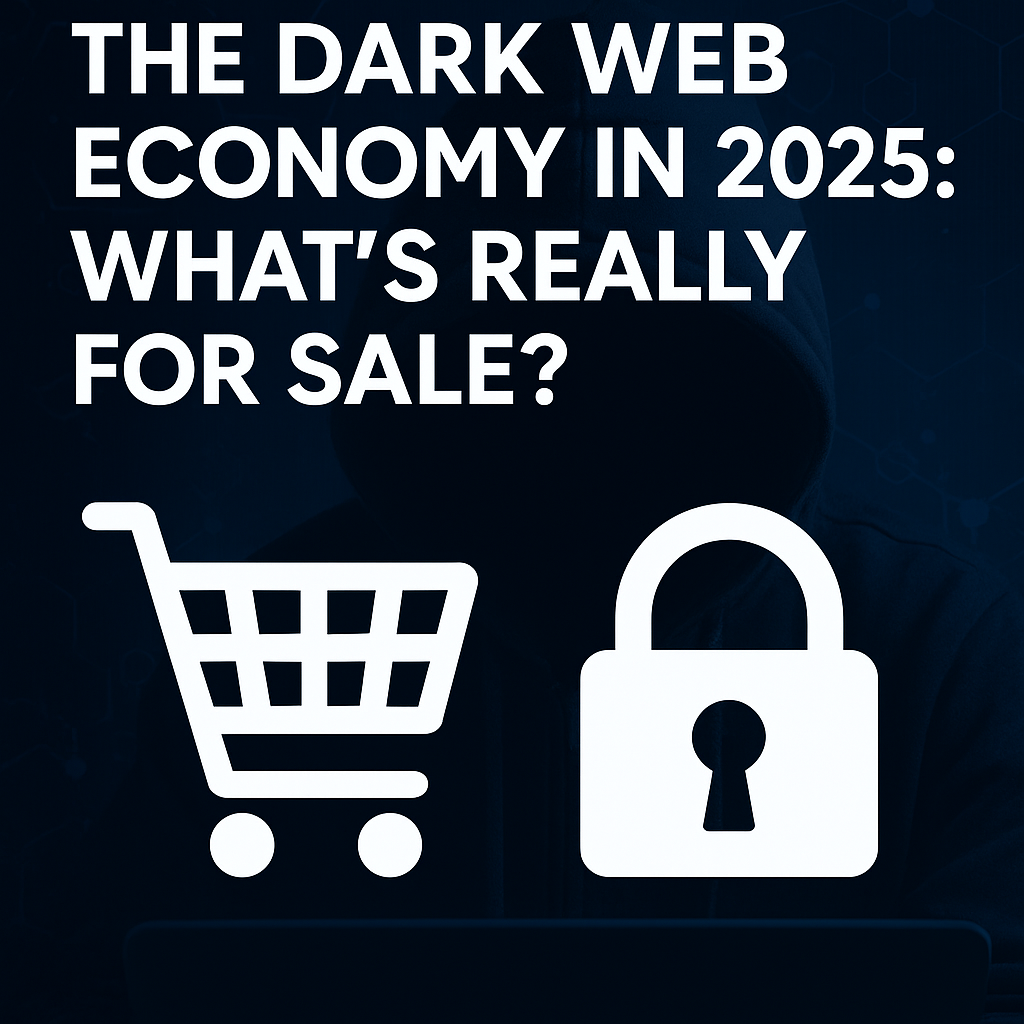The Federal Reserve recently approved a half-percentage-point interest rate cut, and it’s already having an impact. Even before the decision, financial markets began reacting, with mortgage rates falling and borrowing becoming cheaper for businesses and consumers alike. But how quickly will this process continue, and will it make a difference before the upcoming U.S. presidential election on November 5th?
How Rate Cuts Are Affecting Borrowing Costs
When the Fed cuts rates, it makes borrowing less expensive. This is good news for people looking to buy homes, take out personal loans, or finance big purchases like cars. For example, mortgage rates on 30-year fixed loans have dropped close to 6%, a noticeable decline from the nearly 8% rate just a year ago.
Redfin, a real estate firm, recently reported that homebuyers are now paying about $300 less per month on average compared to earlier this year. While this is great for buyers, experts warn that mortgage rates may remain stable for the next few weeks, meaning the biggest relief has already been felt.
Banks are also lowering the “prime rate” for their most credit-worthy customers, making it cheaper for them to borrow. However, auto and personal loan rates have only slightly improved, and it could take more time for these rates to drop significantly.
Will the Economy Feel Better Soon?
Even with rates coming down, many Americans are still feeling the sting of recent inflation. Although the pace of rising prices has slowed, consumer sentiment hasn’t fully recovered. A New York Fed survey found that people were feeling better about their financial situation earlier this year, but optimism has since dropped, even as inflation continues to ease.
The unemployment rate remains stable at 4.2%, and recent data shows that new claims for unemployment benefits are low. Despite concerns about a weakening job market, retail sales and manufacturing activity have both seen recent growth.
However, a recent Reuters/Ipsos poll shows that only 25% of Americans believe the economy is on the right track, while 60% think it’s still heading in the wrong direction. This sentiment could play a significant role in the upcoming election, especially in battleground states like Nevada.
What’s Next for Interest Rates?
With the first rate cut in place, more reductions are expected. The Fed is likely to announce another quarter-percentage-point cut in its next meeting, right after the election. This could further ease borrowing costs, helping homebuyers and small businesses.
Still, Fed Chair Jerome Powell has emphasized that while credit will continue to loosen, the pace will depend on economic conditions. The Fed’s goal is to balance stable inflation with a strong job market.
As the process continues, consumers may begin to feel more relief, but it’s clear that the journey back to economic optimism will take time.
Key Takeaways:
- Mortgage rates have dropped significantly, with some homebuyers now paying $300 less per month.
- Auto and personal loan rates have only seen slight improvements, and more time may be needed for further reductions.
- Public sentiment about the economy remains cautious, with many still feeling the effects of recent inflation.
- The Fed is expected to cut rates further, which could continue to ease borrowing costs in the coming months.
As we wait for the full effects of these rate cuts to play out, it’s important to keep an eye on borrowing conditions and how they might improve personal finances moving forward.





